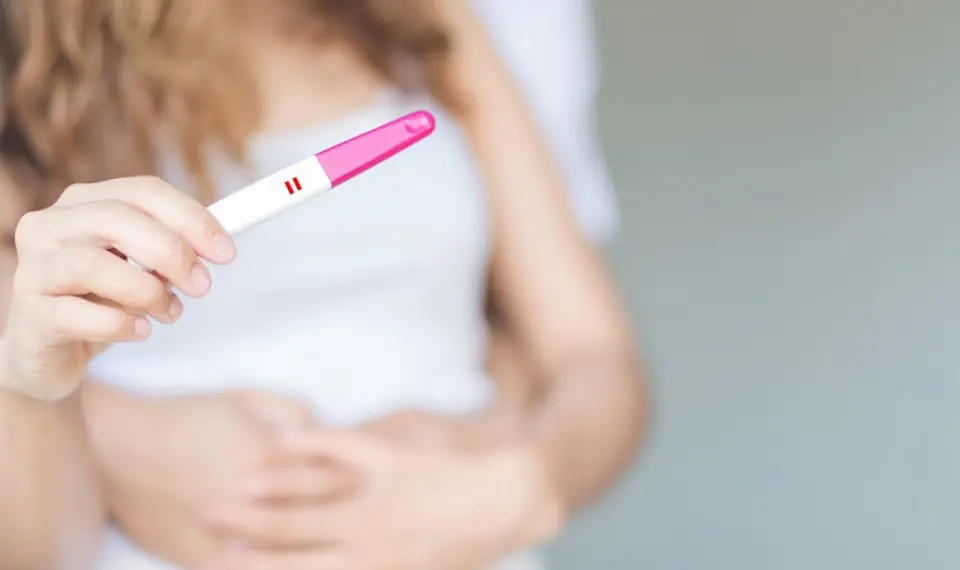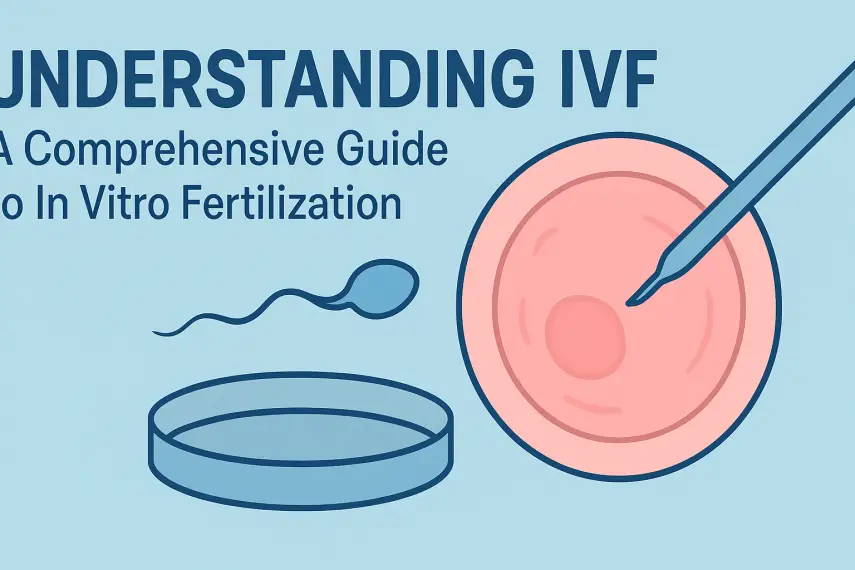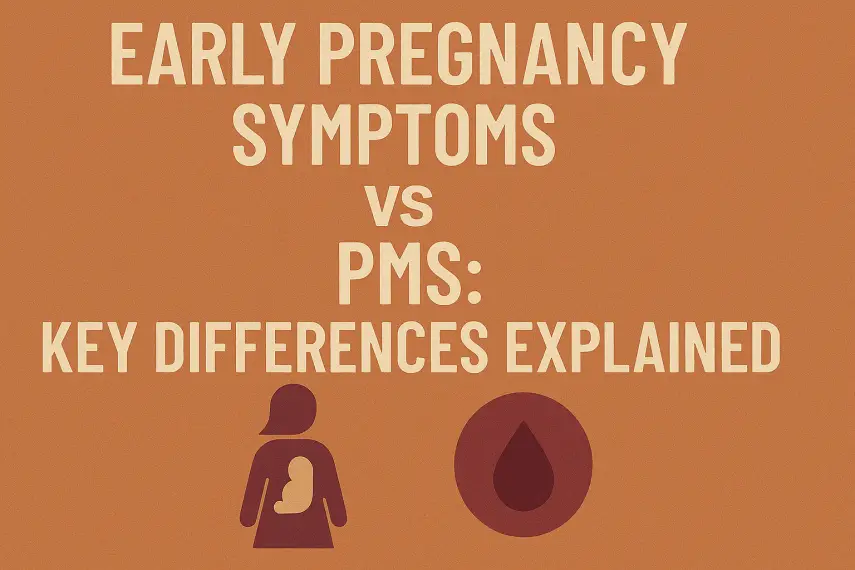
Early Pregnancy Symptoms vs PMS: Key Differences Explained
📑 Contents
Many women experience similar signs during the days leading up to their period and in early pregnancy, making it difficult to distinguish between premenstrual syndrome (PMS) and early pregnancy symptoms. Understanding the key differences is crucial in identifying what your body is telling you and deciding when to take a pregnancy test.
What Are Early Pregnancy Symptoms?
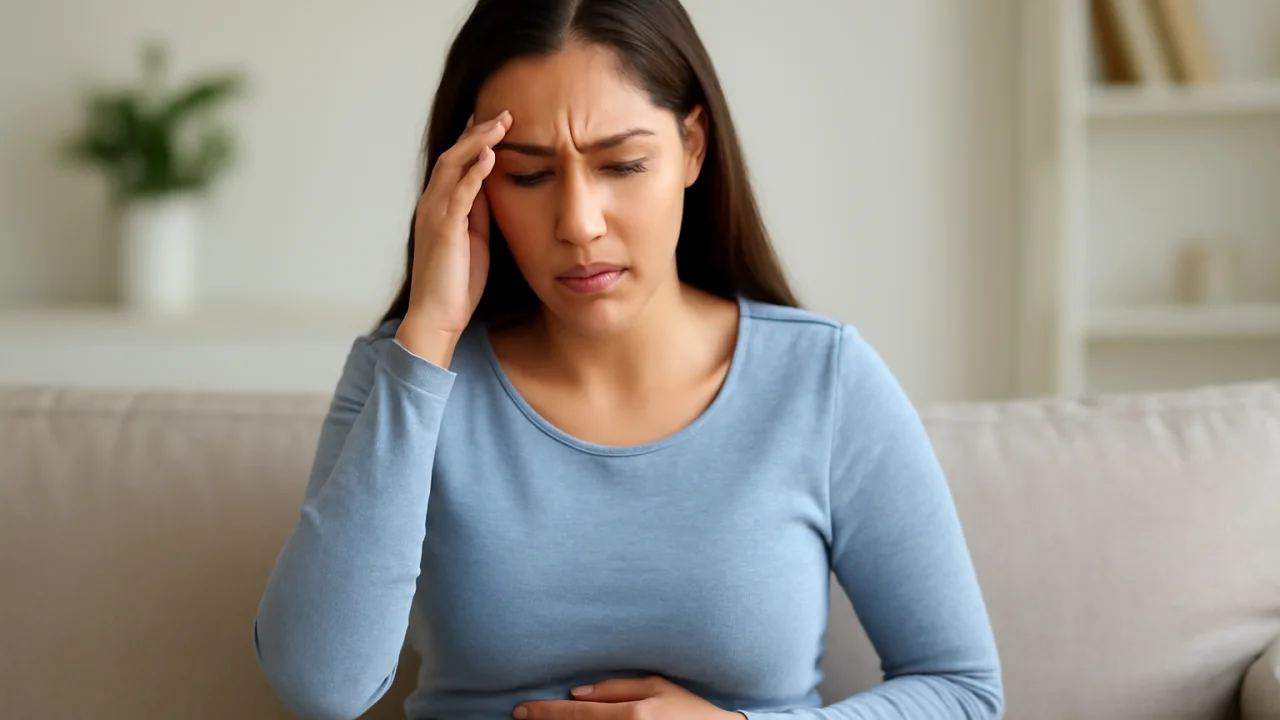
Early pregnancy symptoms typically appear within the first few weeks after conception. These symptoms result from hormonal changes, particularly the rise in human chorionic gonadotropin (hCG), progesterone, and estrogen. While some symptoms overlap with PMS, there are subtle differences that can help you differentiate between the two states.
Common Early Pregnancy Symptoms
- Missed period
- Nausea or morning sickness
- Breast tenderness or changes
- Fatigue
- Frequent urination
- Food aversions or cravings
- Mild cramping and spotting
- Heightened sense of smell
Understanding PMS (Premenstrual Syndrome)
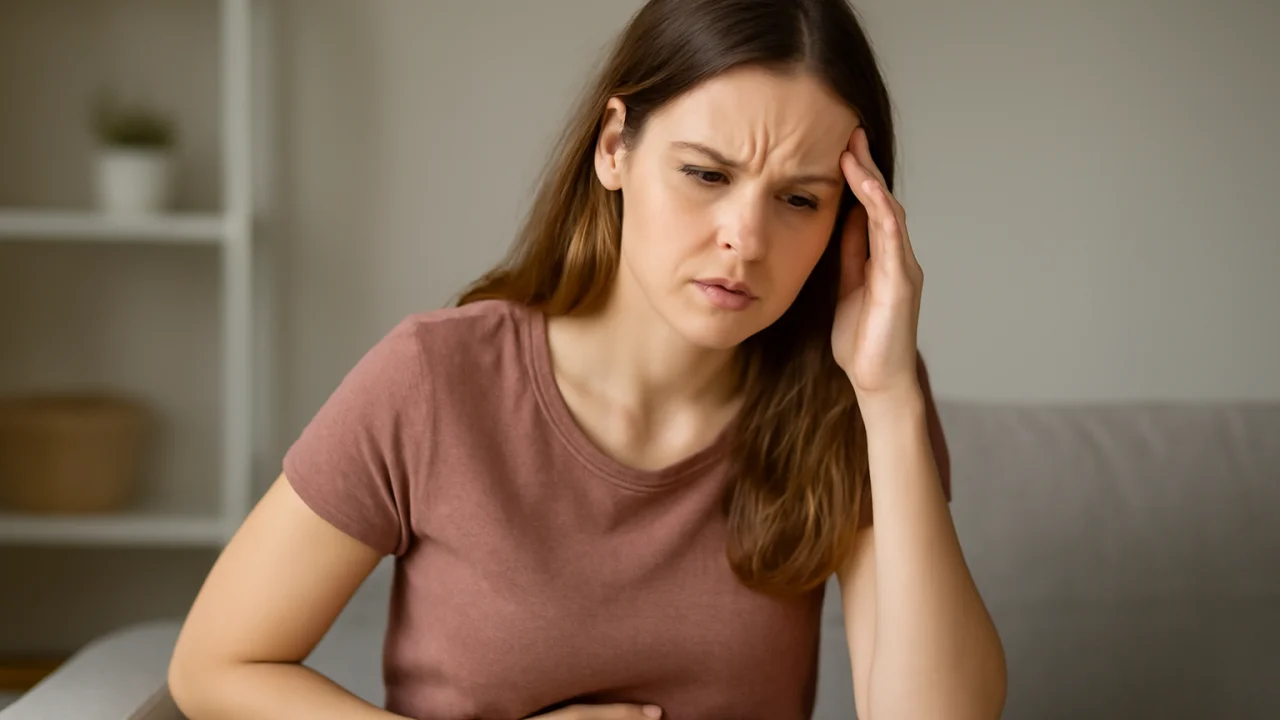
PMS refers to the range of physical and emotional symptoms many women experience in the one to two weeks before their period begins. These symptoms are triggered by hormonal fluctuations, mainly a drop in estrogen and progesterone following ovulation.
Common PMS Symptoms
- Bloating
- Breast tenderness
- Mood swings or irritability
- Fatigue
- Mild cramping
- Headaches
- Changes in appetite
- Acne flare-ups
Side-by-Side Comparison: Early Pregnancy vs PMS

| Symptom | Early Pregnancy | PMS |
|---|---|---|
| Missed Period | Common; often first sign | No; period starts as usual |
| Nausea/Morning Sickness | Common; starts ~2-8 weeks after conception | Rare |
| Breast Changes | Soreness, heaviness, darker areolas | Soreness, typically resolves with period |
| Cramping | Mild, often with light spotting (implantation) | Mild to moderate, no spotting |
| Fatigue | Very common, can be more pronounced | Common, but resolves after period starts |
| Food Cravings/Aversions | Cravings and aversions can be strong | Cravings more common |
| Mood Swings | Possible, often milder | Common, may be more intense |
| Frequent Urination | Common due to hormonal changes | Rare |
Key Differences Explained
While many symptoms overlap, the following key differences can help you distinguish early pregnancy from PMS:
- Missed period: The most reliable early sign of pregnancy. PMS symptoms typically end when menstruation begins.
- Nausea and vomiting: Rare with PMS but common in early pregnancy, especially in the morning.
- Breast changes: Pregnancy may cause darkening of areolas and more pronounced changes than PMS.
- Spotting: Light spotting (implantation bleeding) can occur with pregnancy, whereas PMS does not usually cause bleeding until the period starts.
- Frequent urination: More likely in pregnancy due to hormonal changes affecting the bladder.
Hormonal Changes: Pregnancy vs PMS
| Hormone | Pregnancy | PMS |
|---|---|---|
| hCG | Rises rapidly after implantation | Not present |
| Estrogen | Rises, then stabilizes | Fluctuates, then falls before period |
| Progesterone | Remains high to support pregnancy | Rises, then drops before period |
When to Take a Pregnancy Test
If you suspect you may be pregnant, it's best to take a home pregnancy test after your period is late. Testing too early may result in a false negative. For the most accurate results:
- Wait at least one week after your missed period
- Test with your first morning urine for higher hCG concentration
- Follow the test instructions carefully
Other Possible Causes of Similar Symptoms
Some medical conditions and lifestyle factors can mimic both PMS and early pregnancy symptoms:
- Stress
- Thyroid disorders
- Polycystic ovary syndrome (PCOS)
- Medications (especially hormonal contraceptives)
- Recent changes in diet or exercise
Summary Table: Pregnancy vs PMS Symptom Timeline
| Symptom | Early Pregnancy (Weeks) | PMS (Days before period) |
|---|---|---|
| Breast tenderness | 2–6 weeks post-conception | 5–10 days before period |
| Nausea | 2–8 weeks post-conception | Rare |
| Cramping | 1–4 weeks post-conception | 5–7 days before period |
| Fatigue | 1–8 weeks post-conception | 5–7 days before period |
Frequently Asked Questions (FAQ)
1. Can PMS symptoms be as strong as early pregnancy symptoms?
PMS and early pregnancy symptoms can feel very similar in intensity, but pregnancy symptoms may persist or intensify rather than resolve with the onset of menstruation.
2. Is spotting a sign of pregnancy or PMS?
Spotting can be an early sign of pregnancy (implantation bleeding) but is not common in PMS. If you experience unusual bleeding, consult a healthcare provider.
3. How soon can pregnancy symptoms start after conception?
Some women notice symptoms as early as a week after conception, but the most noticeable changes typically begin a few weeks later.
4. Are mood swings more severe in pregnancy or PMS?
Mood swings can occur in both, but PMS-related mood changes often resolve once the period begins. Pregnancy mood swings may persist or worsen.
5. Does a missed period always mean pregnancy?
No, missed periods can be caused by stress, hormonal imbalances, excessive exercise, or certain medical conditions in addition to pregnancy.
6. Can you have PMS symptoms and still be pregnant?
Yes, early pregnancy symptoms can mimic PMS, so it's possible to mistake early pregnancy for an upcoming period.
7. How accurate are home pregnancy tests?
Most home pregnancy tests are over 99% accurate when used after a missed period, but testing too early can lead to false negatives.
8. When should I see a doctor about my symptoms?
If you have severe pain, heavy bleeding, or symptoms that don't resolve, see a healthcare provider for evaluation and guidance.
Conclusion
Distinguishing between early pregnancy symptoms and PMS can be challenging due to overlapping signs. Paying attention to timing, the nature of your symptoms, and taking a pregnancy test after a missed period are the safest ways to find clarity. If you're unsure, consult a healthcare professional for proper assessment. For more information and resources, visit isayinfo.com.


